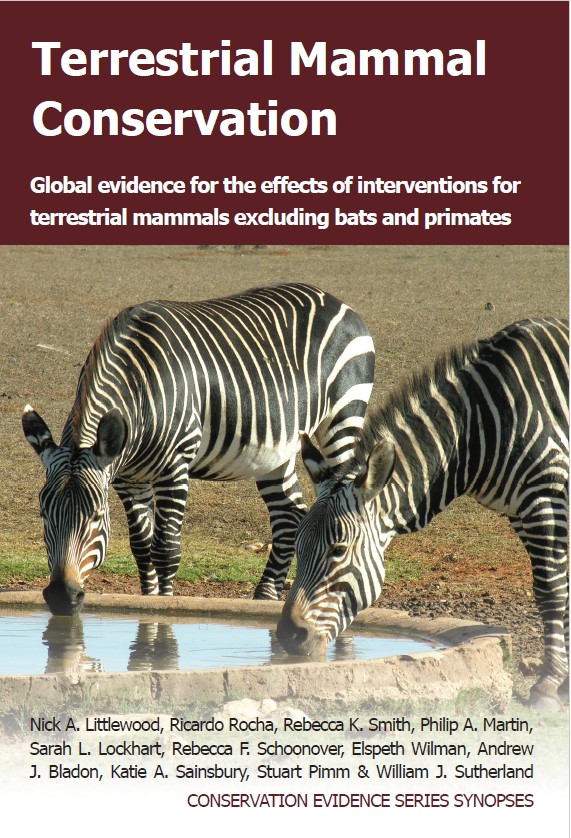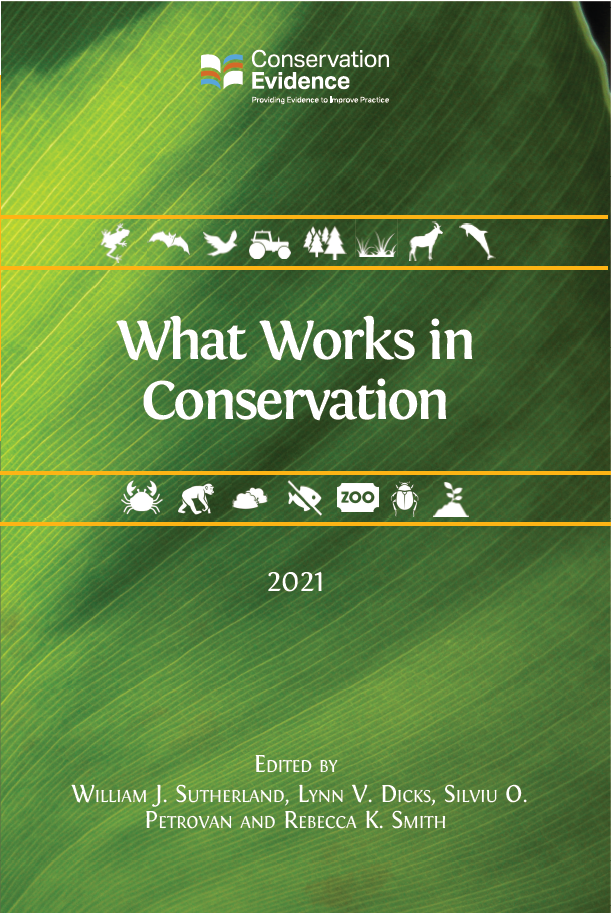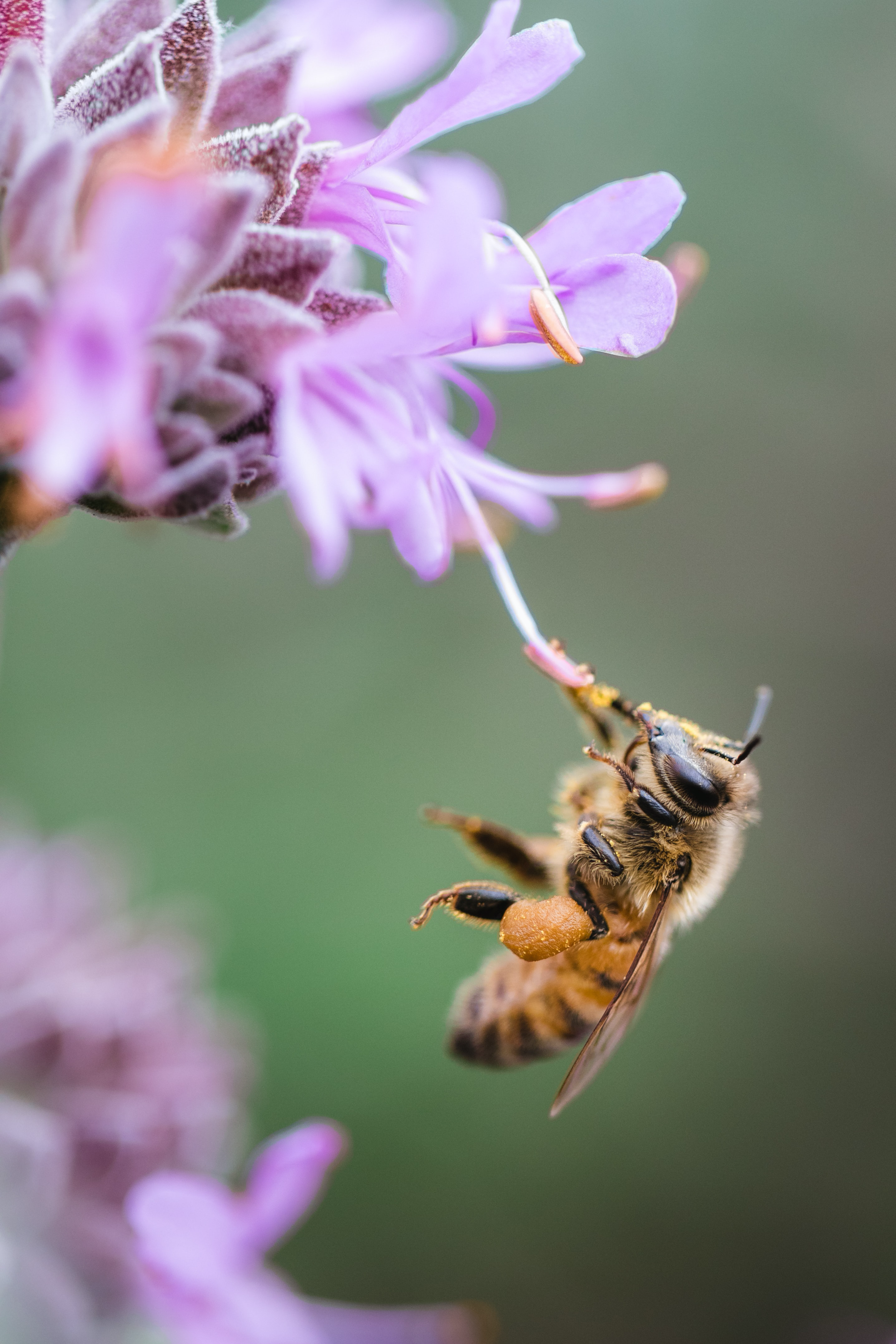Use lights and sound to deter predation of livestock by mammals to reduce human-wildlife conflict
-
Overall effectiveness category Likely to be beneficial
-
Number of studies: 3
View assessment score
Hide assessment score
How is the evidence assessed?
-
Effectiveness
70% -
Certainty
46% -
Harms
0%
Study locations
Supporting evidence from individual studies
A replicated study in 1979–1983 on pasture at 20 sites in Colorado, Idaho, South Dakota, and Oregon, USA (Linhart 1984) found that strobe light and siren devices reduced predation of sheep by coyotes Canis latrans. Ten trials, using 1–2 strobe light and siren devices per pasture, provided an average 53 nights of protection (≤2 sheep losses) from coyotes. Five trials, using 3–6 devices per pasture, protected sheep for an average 91 nights. Predation rates prior to trials were not stated. During five trials on unfenced range with two siren and two strobe light devices on each site, sheep losses to coyotes were 44–95% lower than those during the previous year. Sheep on pasture were protected by units containing a commercial strobe light or a warbling siren or both. Trials occurred in 1979–1982. On rangeland, sheep were protected, from June/July to late September of 1982–1983, by two warbling-type siren units and two with strobe lights, active at night and operating at intervals of 7 or 13 minutes. Other coyote control ceased during this time.
Study and other actions testedA replicated, controlled study in 2002 in a captive facility in Minnesota and a replicated, controlled, before-and-after study in 2002 at six forest sites in Wisconsin, USA (Shivik et al. 2003) found that movement-activated guard (MAG) devices (emitting sound and light deterrents) reduced food consumption by carnivores. Captive wolves Canis lupus ate less of food protected with MAG devices (14% of available food consumed) than of unprotected food (84% consumed). Wild carnivores consumed less of MAG-protected deer carcasses (1.1 kg/day) than of unprotected carcasses (3.3 kg/day). At the same time in sites with no device, there was no difference in consumption between the later period (1.8 kg/day) and the earlier period (1.6 kg/day). Wolves, black bears Ursus americanus, fishers Martes pennanti and foxes Vulpes vulpes visited plots. Six groups of 1–7 captive wolves were each offered 1 kg of sled-dog chow for one hour during June or July 2002. A MAG device activated when animals were ≤2 m from the food. Four groups of 1–4 wolves were offered the same food, without deterrent. Study plots (30-m circumference) were established within territories of six wild wolf packs. A fresh deer carcass was placed in each plot. The study ran during April–June 2002 for 9–35 days (pre-treatment) and 16–29 days (treatment phase). A MAG device was used at one plot in each territory and one plot had no deterrent. Carcasses were weighed every 2–3 days and replaced as required. Camera traps at three territories identified species visiting plots.
Study and other actions testedA replicated, randomized study in 2005 in a captive facility in Utah, USA (Darrow & Shivik 2009) found that combined light and sound or using light alone deterred coyotes Canis latrans from eating bait more than did sound alone. Fewer coyotes consumed bait with both light and sound deterrents used (none, from five pairs) or with light alone used (one coyote from five pairs) than with sound alone used (four coyotes from five pairs). Fifteen captive coyote pairs were housed separately in 0.1-ha outdoor pens, each with a frightening device. Devices produced noise (100 dB at 2 m), strobe light (400 cd) or noise and light combined, when motion was detected ≤2 m away. Stimuli lasted 20 s. Five coyote pairs were randomly assigned to each of the three treatments. Pork bait was placed 1 m from the frightening device. For eight days’ acclimation, devices were inactive. Then one trial, lasting 1.5 h, was run each evening, over 10 evenings. Trials were conducted from 17 July to 31 August 2005.
Study and other actions tested
Where has this evidence come from?
List of journals searched by synopsis
All the journals searched for all synopses
This Action forms part of the Action Synopsis:
Terrestrial Mammal Conservation
Terrestrial Mammal Conservation - Published 2020
Terrestrial Mammal Conservation





)_2023.JPG)














